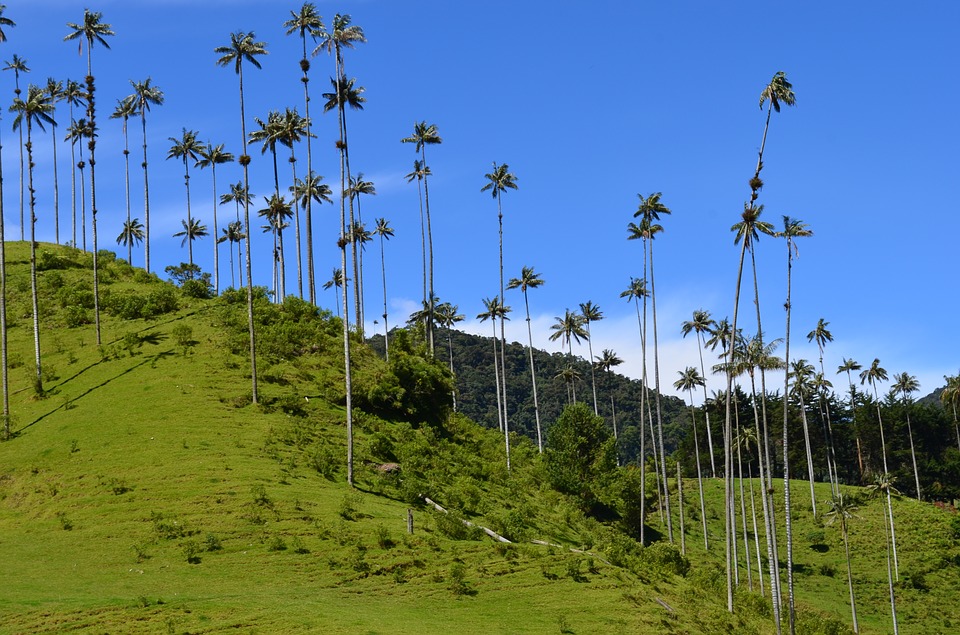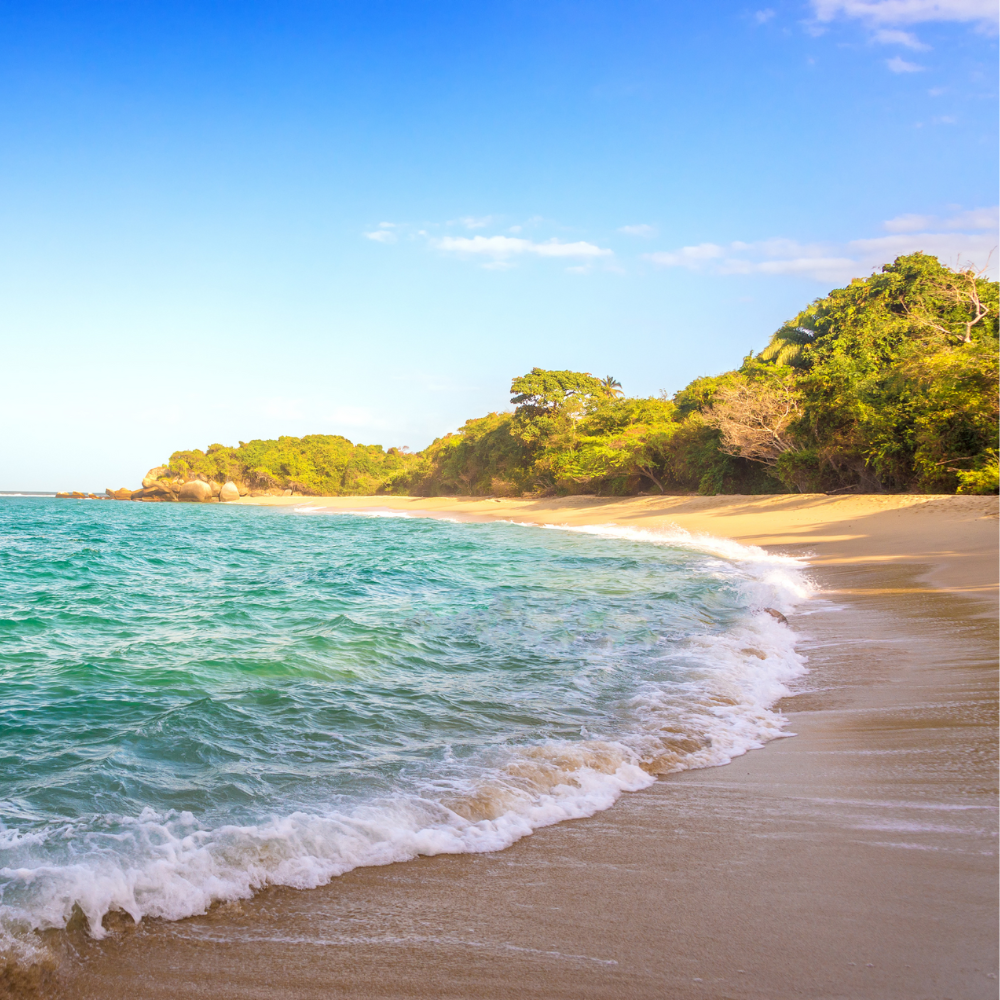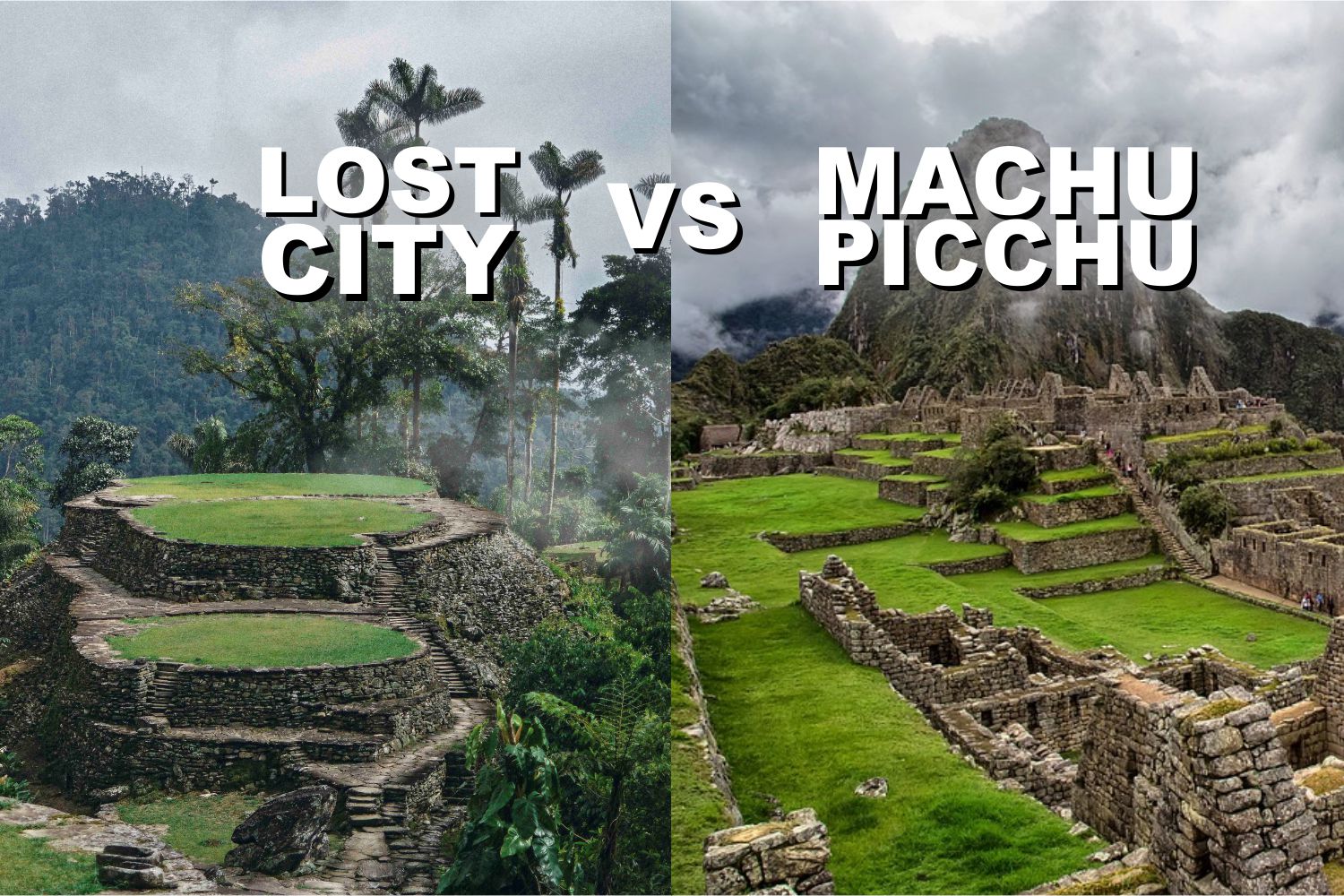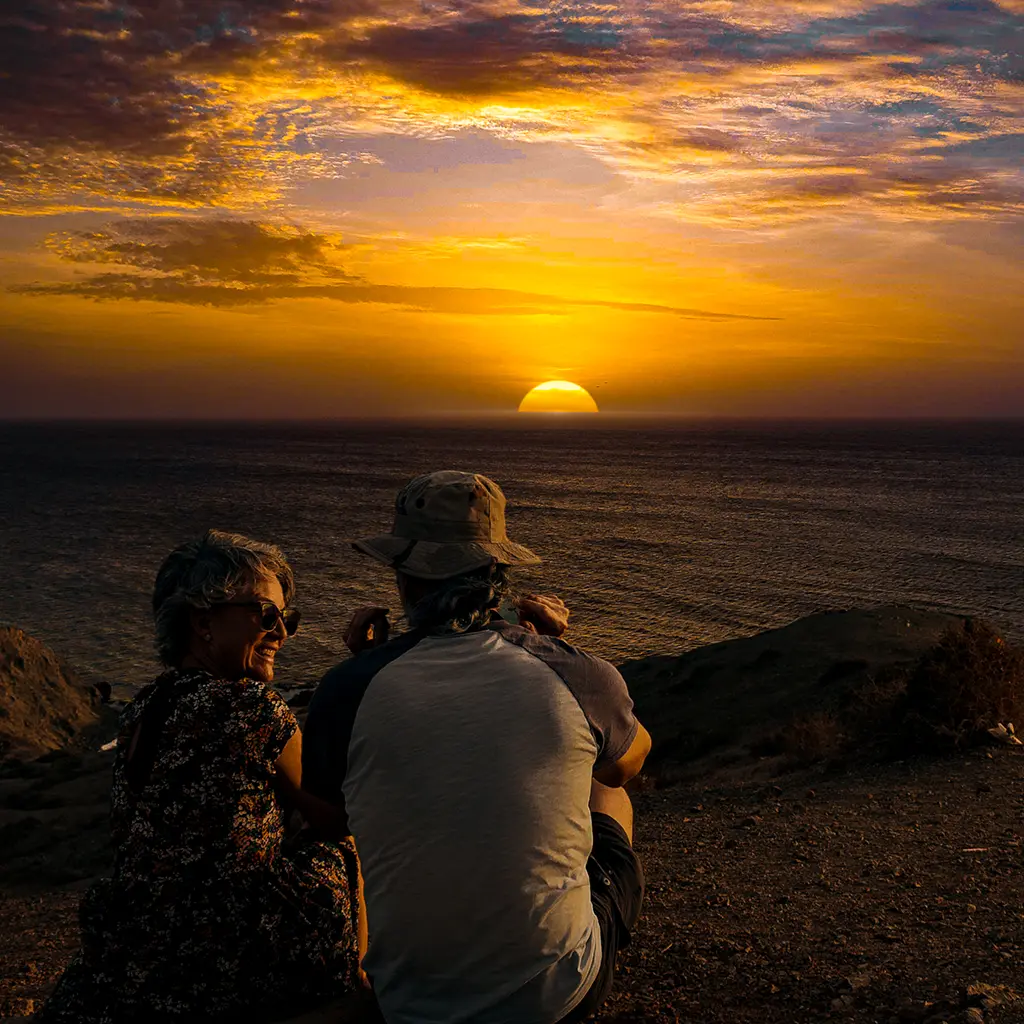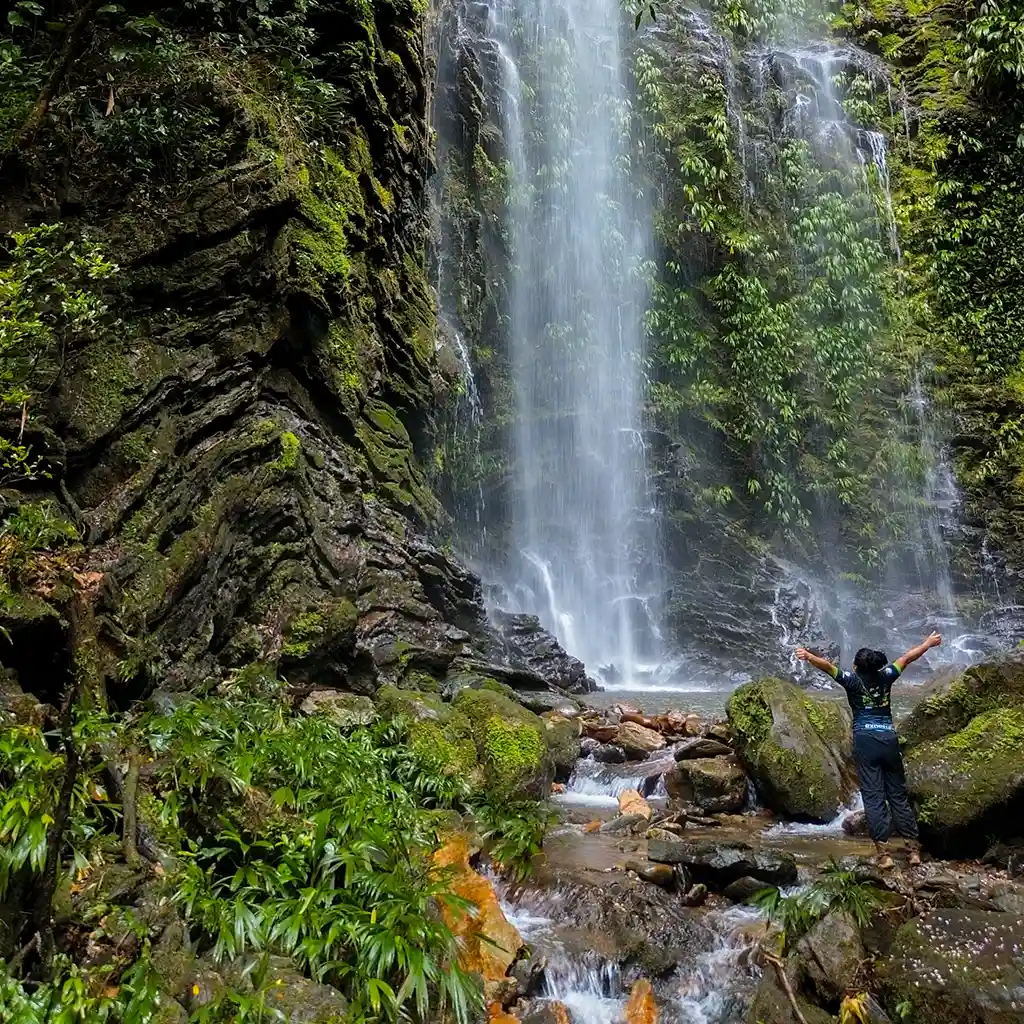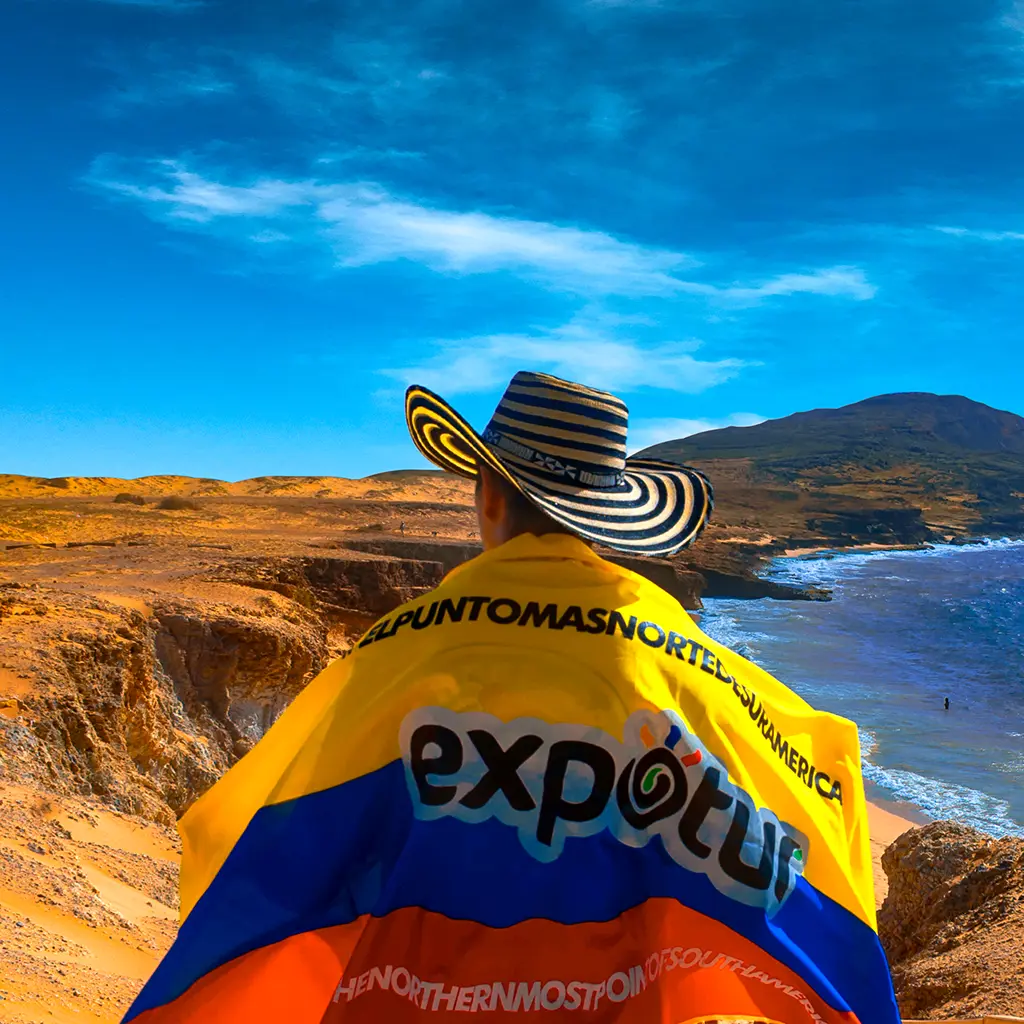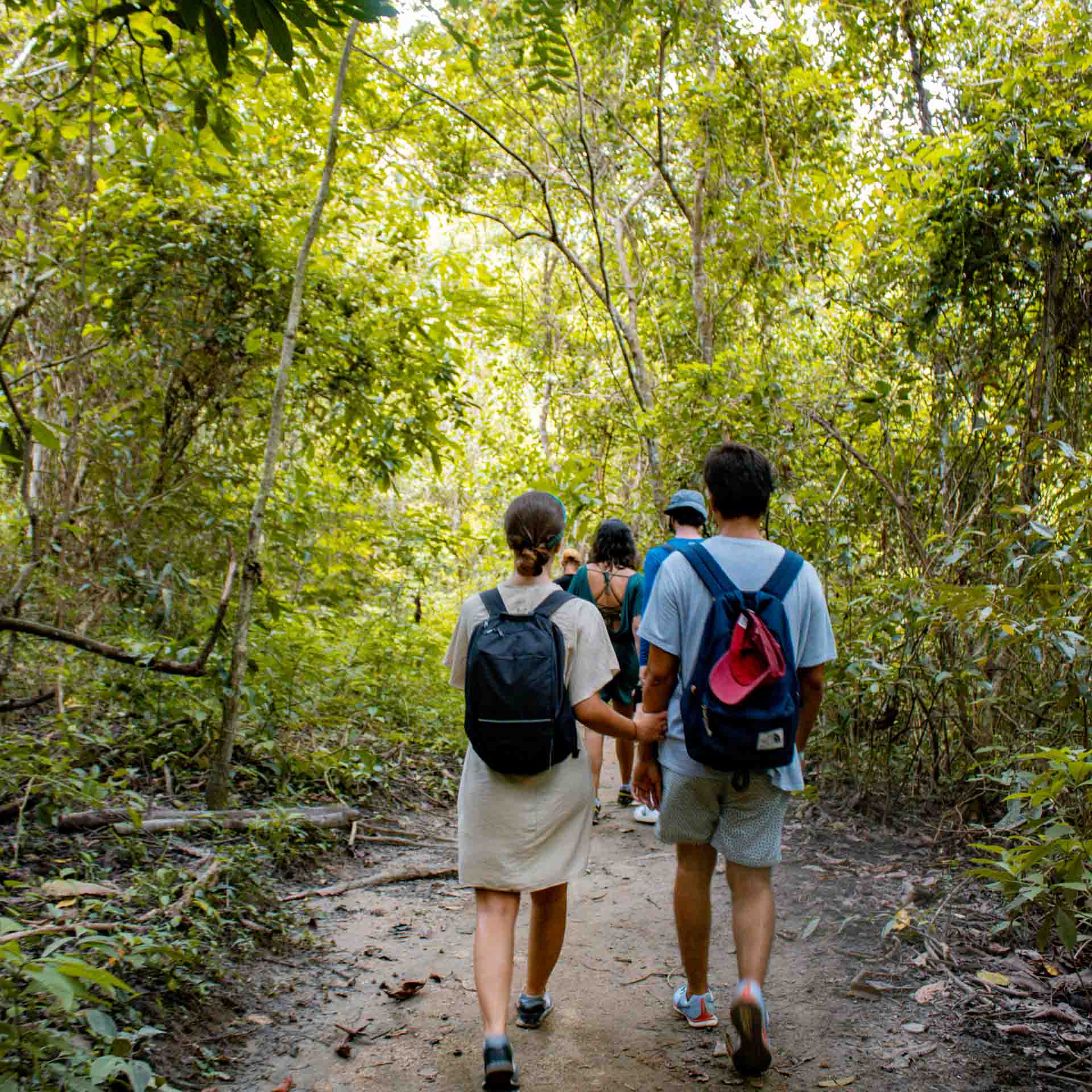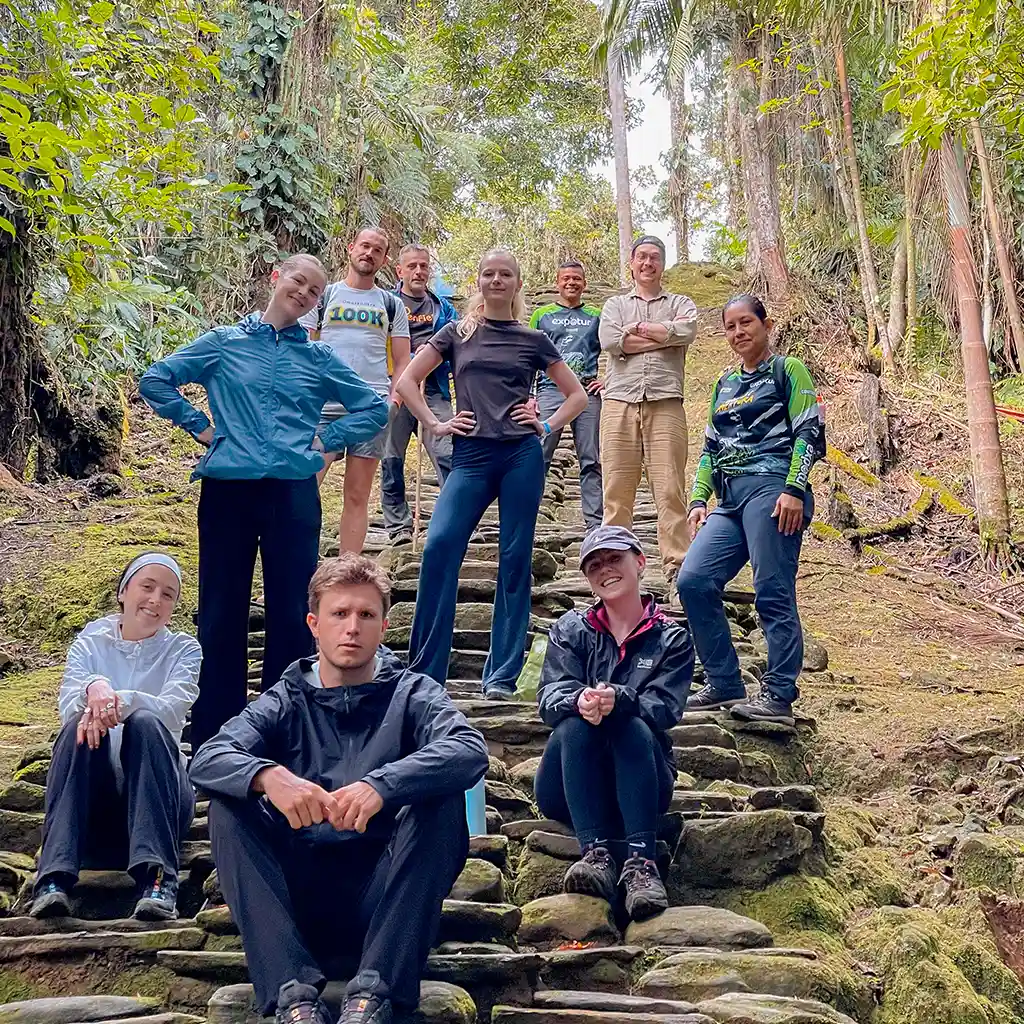Knowing the Lost City is an experience that need to be experienced by first hand and at least once in life. Conquering the summit means getting lost in the jungle but also means to find ourselves; the strength and courage to challenge us in each step, because getting into it implies something more than desire. It requires heart and iron will. With this in mind, we tell you that it’s not an easy experience to describe and the words fall short; but today we’ll tell you some data that will awaken your curiosity.
The names of the Lost City
 It’s known by many names, but the one that has greater significance is its ancestral name: Teyuna, the Origin of the people of the earth. This explains why the elder brothers, the Kogui and Wiwas believed that the Sierra Nevada of Santa Marta is the heart of the World.
It’s known by many names, but the one that has greater significance is its ancestral name: Teyuna, the Origin of the people of the earth. This explains why the elder brothers, the Kogui and Wiwas believed that the Sierra Nevada of Santa Marta is the heart of the World.
Building Period
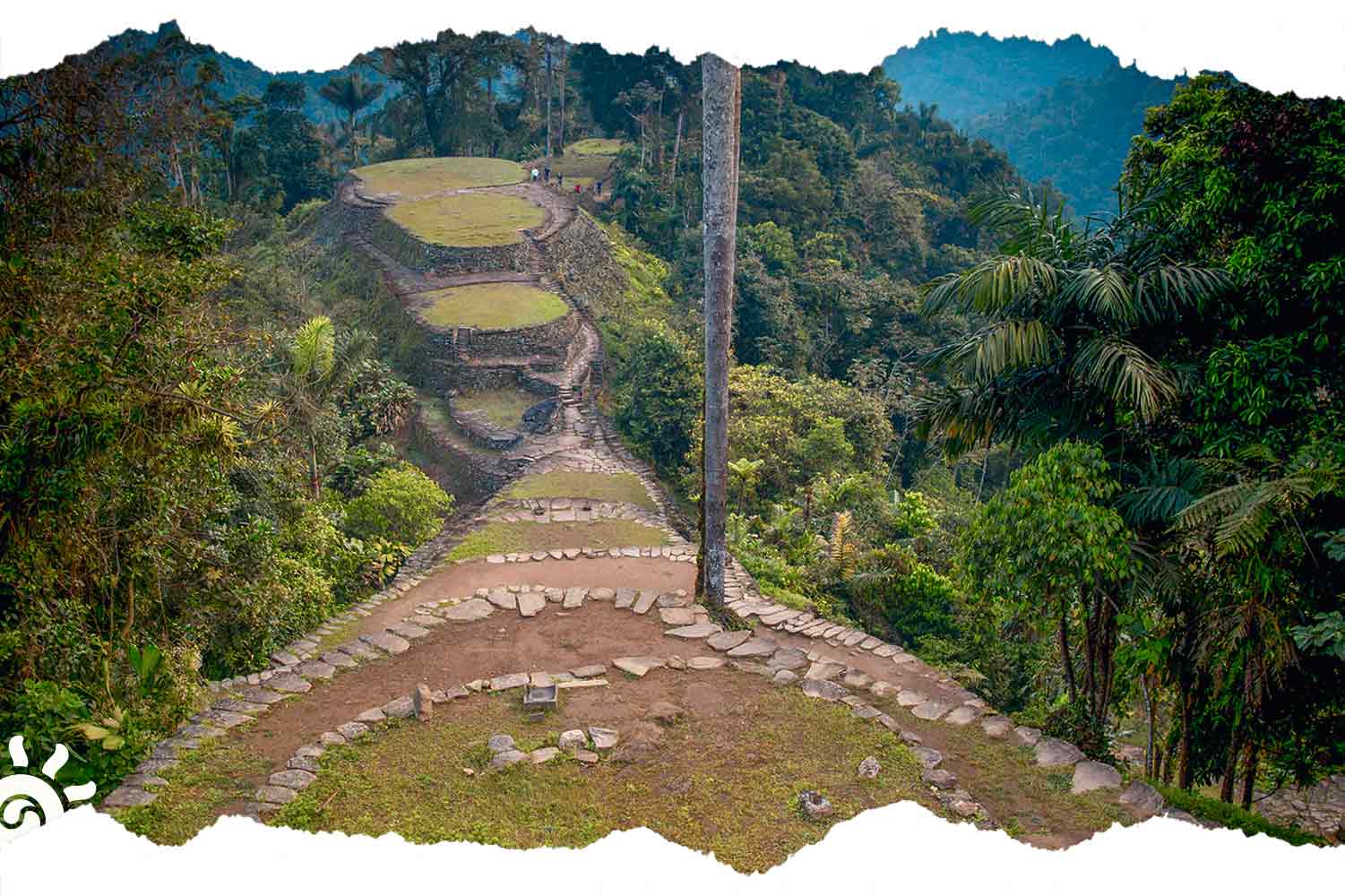 The Lost City was built 650 years before Macchu Picchu. Approximately in the year AD, the Tayronas were already beginning to place the first stones of what is currently the archaeological site most representative of the Colombian Caribbean; located at 1.300 meters from high cliffs over the Valley of Buritaca River. Although recent studies, they indicate that towards the 6th century there were already settlements near this territory.
The Lost City was built 650 years before Macchu Picchu. Approximately in the year AD, the Tayronas were already beginning to place the first stones of what is currently the archaeological site most representative of the Colombian Caribbean; located at 1.300 meters from high cliffs over the Valley of Buritaca River. Although recent studies, they indicate that towards the 6th century there were already settlements near this territory.
Abandonment of the Lost City by indigenous people
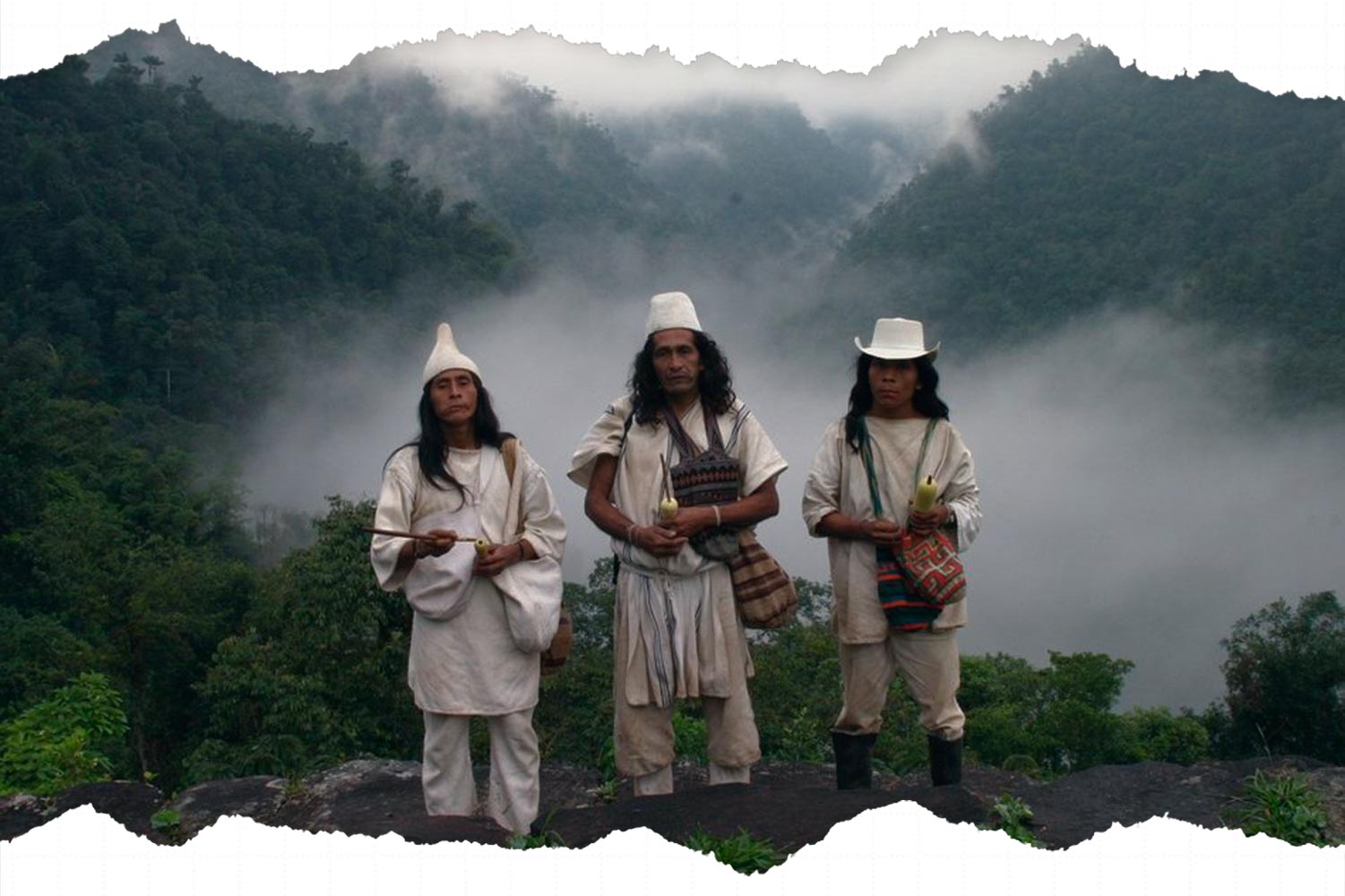
It’s estimated that is was abandoned by the Tayronas towards the year 1650, after the arrival of the Spanish ad moved to the north. In its time of greatest splendor it could host up to 1.800 indigenous people who fortunately were not reached by the invaders due the harsh geographical y climatic conditions that still limit the access today.
After almost 400 years of abandonment, sadly it was discovered by Guaqueros (Tomb raiders) almost by accident in 1973, while they were exploring nearby ancient settlements, they found a staircase of 1,200 stone steps that at that time it was covered with moss, earth and roots. Only until 1976, the Colombian government knew of its existence by rumors that had spread in Santa Marta about Treasures of Gold and Quartz.
Discovery of the Lost City
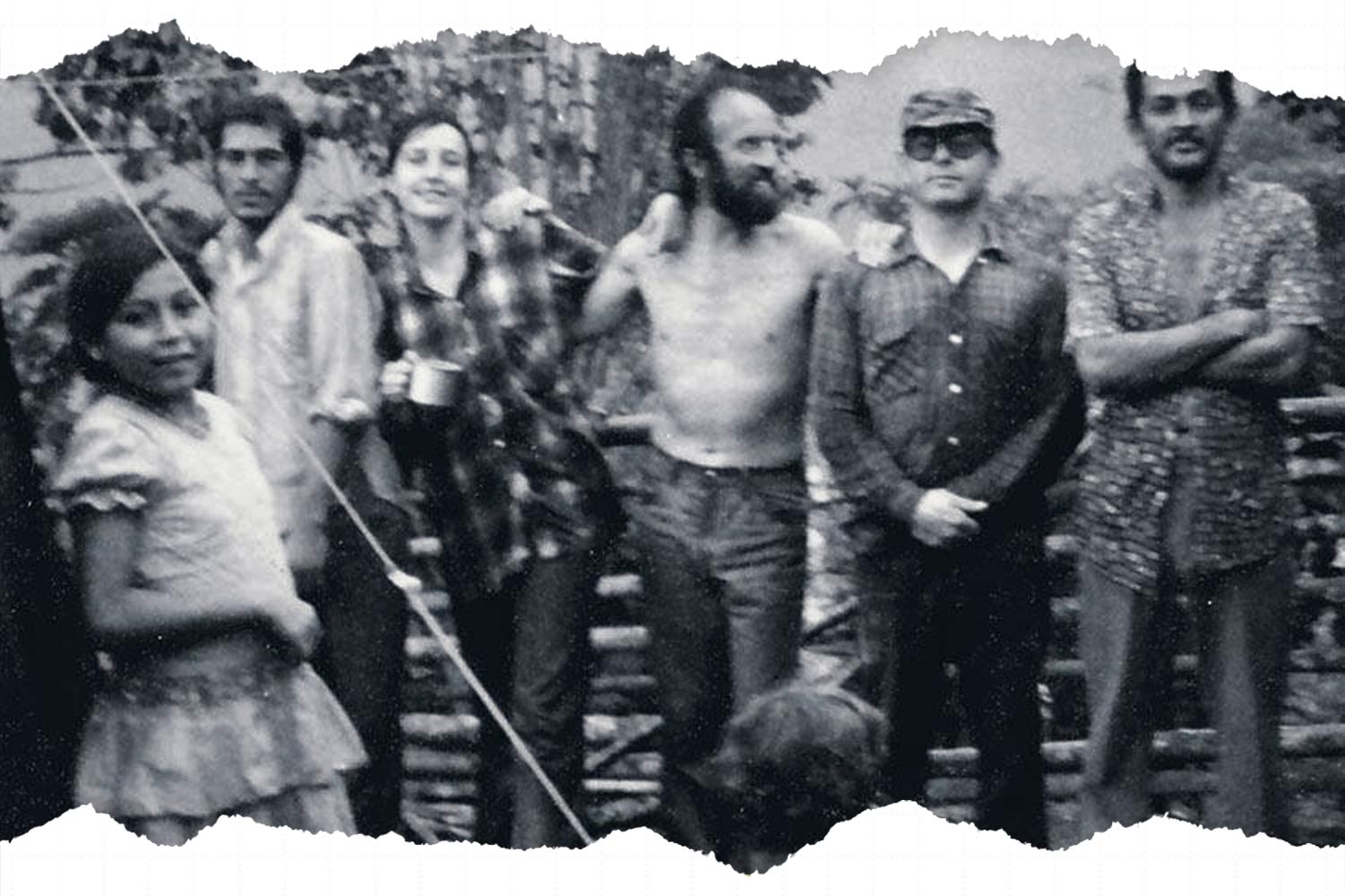
In 1.976 an expedition formed by 3 Archaeologists, an Architect and 2 Guaqueros that served as guides and after almost 12 days of crossing full of extreme hardships they reached the very heart of the archaeological site where they recompiled the evidence enough and took them to the capital of the country so that the then actual President Alfonso López Michelsen approved the budget for the recovery of the so-called Buritaca 200 (In the last year, 199 archaeological sites had been registered).
Recovery of Teyuna, the Lost City of Colombia
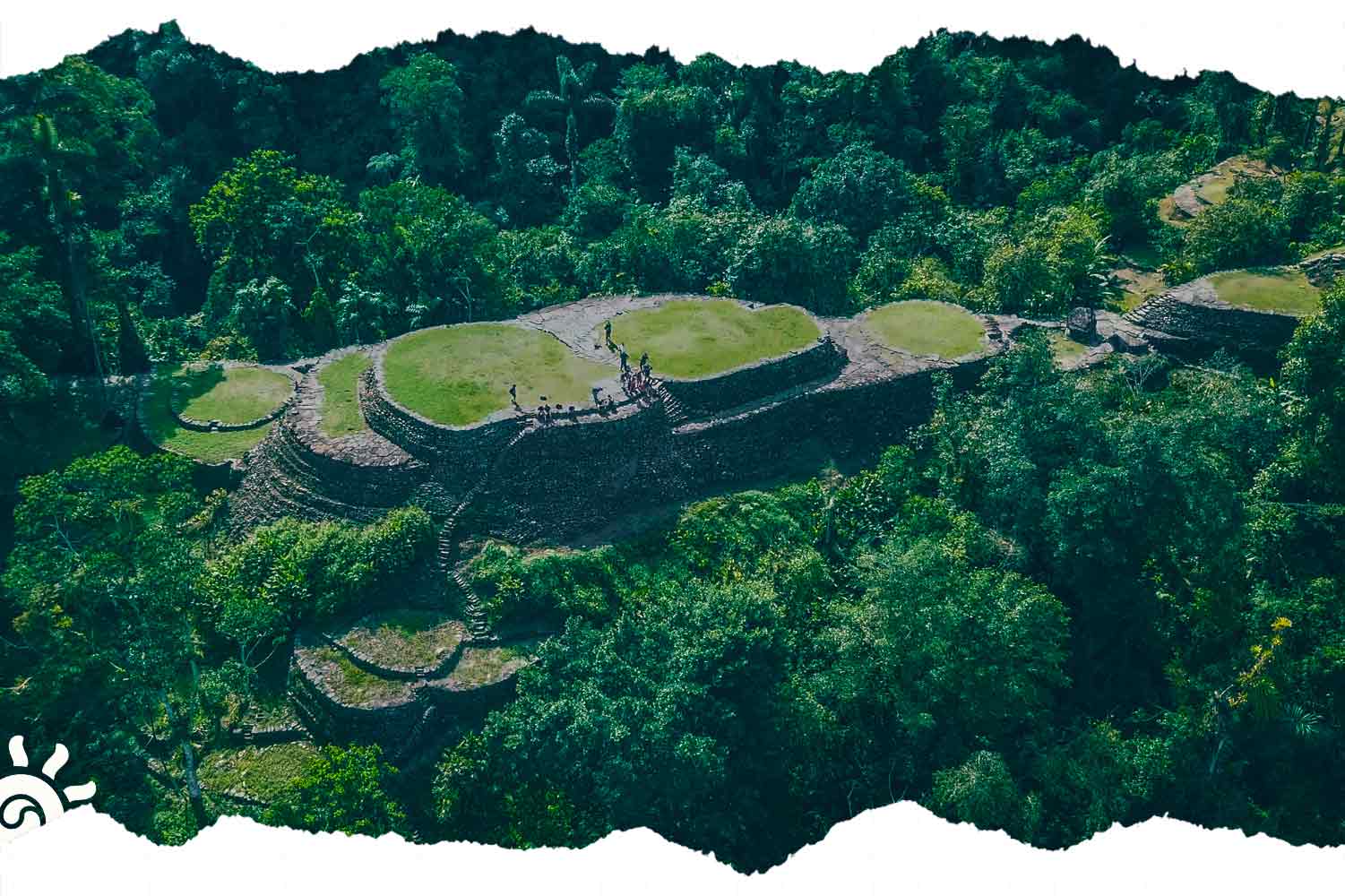
For its recovery, more than 50 professionals from different disciplines were needed, soldiers of the Córdoba Military base and more than 100 workers (mostly former ex-guaqueros) who participated in the restoration that took this citadel to the jungle itself, they cleared the old drainage channels and restored the buildings that had suffered damage with the same stones that had come loose. These labors took performed between 1976 and 1986. In 1981 the park was opened to the public.
In 1979 it was declared by the Unesco Reserve of the Biosphere, of the Man and of the Humanity and since then annually receive thousands of visitors from all over the world but only 1 in 10 Colombians have visited it and most are unaware of its existence.
As we saw behind this wonder full of beauty, with a magic and charm, has a story that transcends the borders of time and is capable of captivating people from all over the world. We invite you to come and live the adventure to meet the place of origin of all the peoples of the Earth, the LOST CITY!
Enter our social networks to see images and videos of the Lost City in the Sierra Nevada de Santa Marta.










